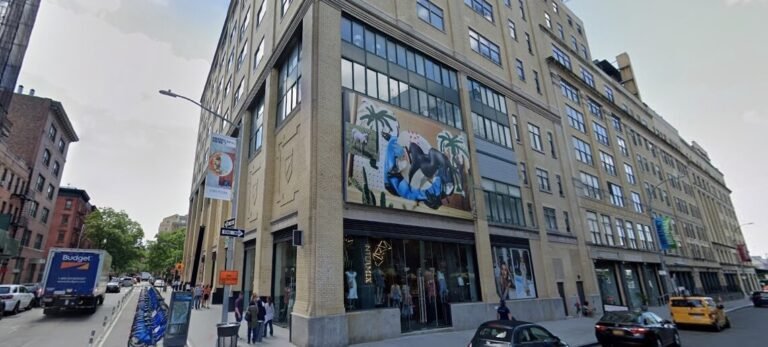Boho Home Decor: 4 Homes That Remind Us How Timeless The Style Can Be
London’s Cheyne Walk presents a sedate streetscape that bears no witness, save some blue English Heritage plaques embedded in various façades, to its daredevil history. To the redbrick Georgian and Queen Anne houses and apartment buildings that line this Thames-side street in Chelsea, all manner of creative iconoclasts since the third quarter of the 19th century have gravitated. Querulous painter James Abbott McNeill Whistler bunked here, as did dandified tastemaker Christopher Gibbs, actor Laurence Olivier, and a few of the Rolling Stones, plus Marianne Faithfull.
“All of Chelsea is a fairy tale for me,” says Patrick Mele, a young decorator who is based in New York City but looks straight out of the Cheyne Walk playbook, with a tousled mop of dark hair foaming above an angular face that’s pure Egon Schiele. “My best friend growing up was English, so I have always been drawn to that Anglo sensibility. And I used to come here a decade ago, when I worked for Ralph Lauren, to work on the stores.” So, when Sara Tayeb-Khalifa and her husband, Hussein Khalifa, high-fived Mele’s zesty decoration of a bedroom in their Manhattan apartment, they offered to send him back across the pond to revamp the Cheyne Walk flat they had owned since the early 1990s.
“I had done it room by room by room, but nothing matched—plus, I no longer wanted safe,” explains the elegant Tayeb-Khalifa, a former Phillips executive who is partnering with sustainable-fashion designer Jussara Lee on collections of T-shirts and cushions. “I wanted to make it happy: happy colors, happy home.” To that end, her discussions with Mele were peppered with references to Auntie Mame, Miss Havisham, and the ceilings of old French bistros, stained “a color that reminds you of cigarettes, wine, bad alcohol, and more cigarettes,” Tayeb-Khalifa says with a laugh. —Mitchell Owens
When asked what someone unfamiliar with his biography might surmise simply by walking through his Melbourne home, Troye Sivan remains sanguine: “I’d hope they’d think that I’m an unpretentious guy, maybe a bit eccentric, someone who loves art and design, someone devoted to his family—and definitely the fact that I’m gay,” says the wildly popular 25-year-old Australian singer-songwriter and actor.
Indeed, if that hypothetical visitor happened to be a persnickety design snob, they’d surely not fail to register the array of treasures by the likes of Percival Lafer, Ettore Sottsass, Tobia Scarpa, and Marios Bellini and Botta; the cabinetry details inspired by Charlotte Perriand and Jean Prouvé; and the bespoke, Memphis-flavored appointments of the bath and powder rooms. On a deeper level, however, it would also be crystal clear that this is the home of someone with the cultivation and confidence to recognize that great design is as much about suitability and nuance as it is about important objects and artworks.
“Troye is an incredibly savvy collaborator. In our earliest conversations, he talked about materiality, how he wanted to feel in his house, about the scent and the sound and the light. It was so much more than just a few pretty things he found on Pinterest,” recalls designer David Flack of local firm Flack Studio, Sivan’s partner in the sensitive, sophisticated reimagining of the singer’s Victorian-era home.
The house in question is a genuine architectural gem. Erected in 1869 as a handball court, the building was converted into a brick factory in 1950 and then subsequently transformed into a residence in 1970 by renowned Australian architect John Mockridge, a fixture of the local art-and-design scene. The conversion is said to be the first adaptive reuse project of its kind in the city. “You can picture Mockridge and his friends sitting around drinking whiskey and talking about art. I wanted to preserve that bohemian spirit and honor the original architecture while creating something that feels like me,” Sivan says. —Mayer Rus

